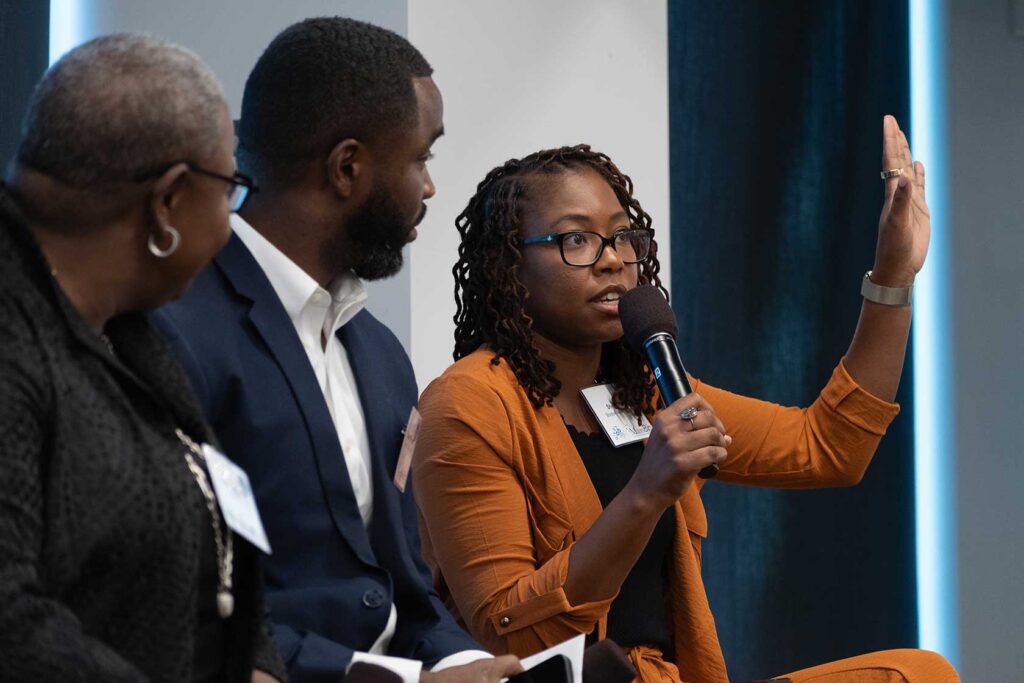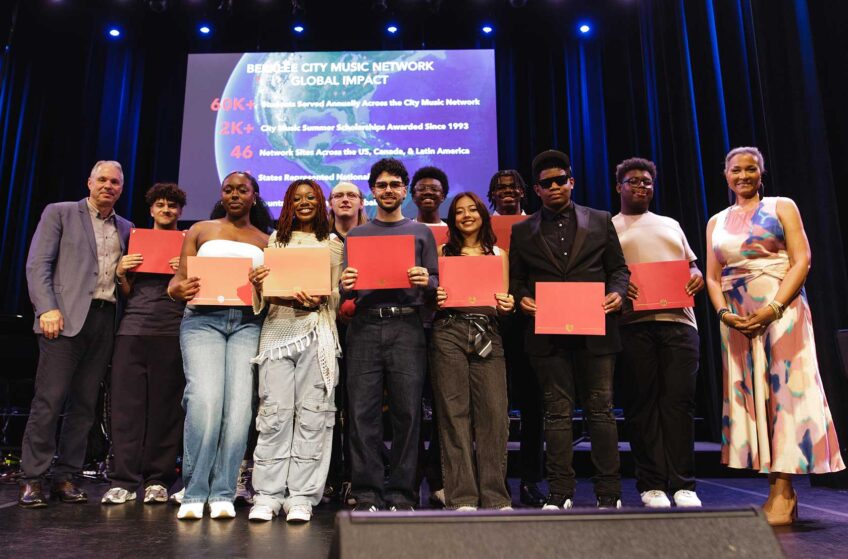
The Massachusetts Biotechnology Council delved into clinical trial diversity and other health equity issues at its annual diversity, equity and inclusion conference July 20.
Tom Browne, MassBio’s director of diversity, equity and inclusion, said he hopes the focus on health equity generally, rather than narrowing in on biotechnology, allowed member organizations to better understand broader ecosystem and equity impacts related to their work.
“It was really important … for all of us to kind of pull our thoughts, knowledge and experiences, to make sure that we’re designing solutions that are suitable for everyone,” Browne said.
The conference featured a panel discussion on clinical trial diversity, which explored the distrust that surrounds such trials and how to address those issues.
Sheila Phicil, director of innovation at Boston Medical Center’s Health Equity Accelerator, said during treatment for acne she had been prescribed an antibiotic that made it hard to breathe and caused her to break out in hives.
“It was only through my own research that I found case studies that this particular medication had these kinds of effects in people of African descent, but my doctor had prescribed this medication to me,” said Phicil, who is Haitian-American. “I know what it’s like to be given a medication that was not designed for me in mind.”
Laura Williams, chief medical officer at the biopharmaceutical company Ardelyx, said diversity in clinical trials is important to making medicines safe.

Tom Browne, MassBio’s director of diversity, equity and inclusion, listens to panelists Colette Phillips, Laura Williams, Roberto Vincent and Sheila Phicil during a discussion about increasing diversity in clinical trials. PHOTO: AVERY BLEICHFELD
“The way our bodies handle drugs can be different based on our age, based on our race and ethnicity, based on our gender, based on our genetics, all of those things,” Williams said. “If we don’t look at all of those subpopulations, there is no way of knowing whether or not that safety bar has been reached.”
To start to address those issues, Roberto Vincent, director of clinical operations at Sarepta Therapeutics, said it’s necessary to educate in order to build trust with communities of color.
“From a personal perspective, my parents did not want to take the COVID shot, right? And I work in the biotech industry,” Vincent said. “It was up to me to educate them, and it’s up to us as leaders to educate others around the community. That’s how you build that trust. It only comes from education.”
Panelists said another piece of building that trust is making sure the research team looks like the people participating in the trial.
“When we have a diverse team, they bring a certain lens to every situation,” said Colette Phillips, president of Colette Phillips Communications. “If you only have researchers who are representative of one demographic, then you’re not going to get the kind of trust when you are recruiting and engaging with diverse populations because people like to see people who look like them.”
That diversity is also important in shaping the questions the team investigates, Phicil said.
“The teams that are doing the research decide the question and when the questions are coming from your interests and your lived experience,” Phicil said. “So if the teams don’t represent the interests [and]the experiences of multiple people … the questions are only going to reflect what a subset of the population is curious about.”
Vincent also suggested that other concrete steps, like patient stipends to pay for travel, time spent or even daycare and childcare support, could help increase the ability of patients of color to participate in clinical trials.
Williams of Ardelyx said that she believes if efforts are made to better educate and increase availability, patients will engage.
“For those who say, ‘It’s difficult,’ it isn’t. The patients exist, they are there,” she said. “If we do our jobs in terms of explaining the value, the meaningfulness of all of this and the potential for health equity … then the patients will come.”
The conference also featured an opening keynote speech from Petrina Martin Cherry, vice president of community engagement and external affairs at Boston Medical Center (BMC).
During her address, Cherry explored the approach BMC adopted during the COVID-19 pandemic as a model to increase health equity more generally.
A big part of that approach, she said, is moving beyond charity projects.
“When you start thinking about what it means to go from charity to equity, you have to think about what equity is,” Cherry said.
Cherry said it is also important to cultivate trusted voices in the community, both in terms of finding those that already exist and becoming one.
“When you are just starting to have these conversations, you can talk to pastors and community leaders and let them be your trusted voice, but at some point, community members should know you, they should trust you,” she said. “The only way that happens is if you are showing up, if you are present, if you are sponsoring things, if you are volunteering.”
It is important to take the work of solving health equity issues out of science-exclusive spaces.
“The solutions to the toughest problems are not in a lab. The solutions are across the street,” Cherry said.
The conference is tied into other broader goals addressing diversity and equity that MassBio is tackling. The conference, Browne said, is a springboard to greater collaboration with and action with the stakeholders who attended.
“The next 12 months really is going to be looking to translate some of those great discussions into actions, and it’s our role as MassBio to make sure that’s coordinated as best as possible,” Browne said.
That work includes Bioversity, a Dorchester-based nonprofit launching in January that will offer training for entry-level science and biotech jobs. It also includes the release of the organization’s diversity survey update, which offers a snapshot of diversity within their member companies and their commitments to diversity, equity and inclusion.
Browne said he sees MassBio’s work in diversity important in addressing community health.
“Physical health is so closely tied to social health and social advancement,” Browne said. “Without supporting the wellness of those communities, much of what we’re trying to achieve more broadly, isn’t going to be possible.”






